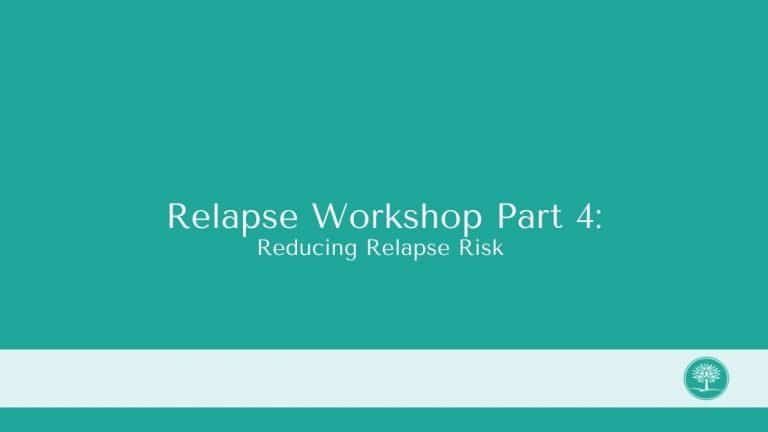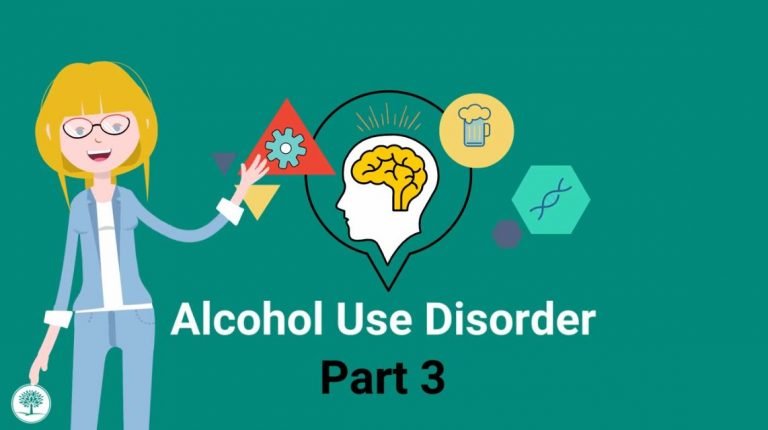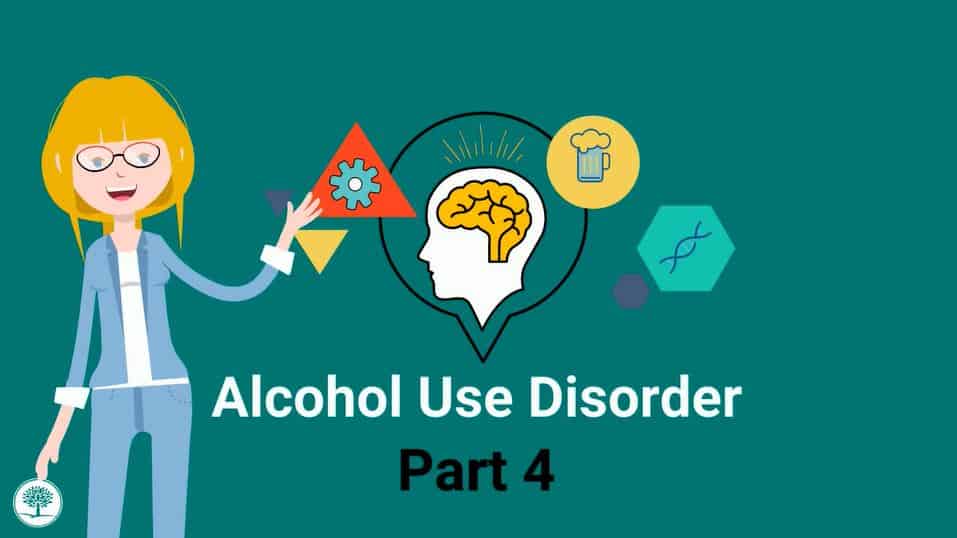Risk Factors & Causes for Opioid Use Disorders
Estimated watch time: 7 mins
Summary:
There are many therapies available if you have opioid use disorder (OUD), including several different approved medications. Use this guide to learn about medication-assisted therapies (MAT) for OUD, and get familiar with some of the benefits and side effects.
Learning more can empower you to have a conversation with your health care provider about MAT.
Other Addiction & Mental Health Resources
The Recovery Village has several, free resources for those living with addiction or mental health conditions and their loved ones. From videos, to clinically-hosted webinars and recovery meetings, to helpful, medically-reviewed articles, there is something for everyone. If you need more direct help, please reach out to one of our representatives.









